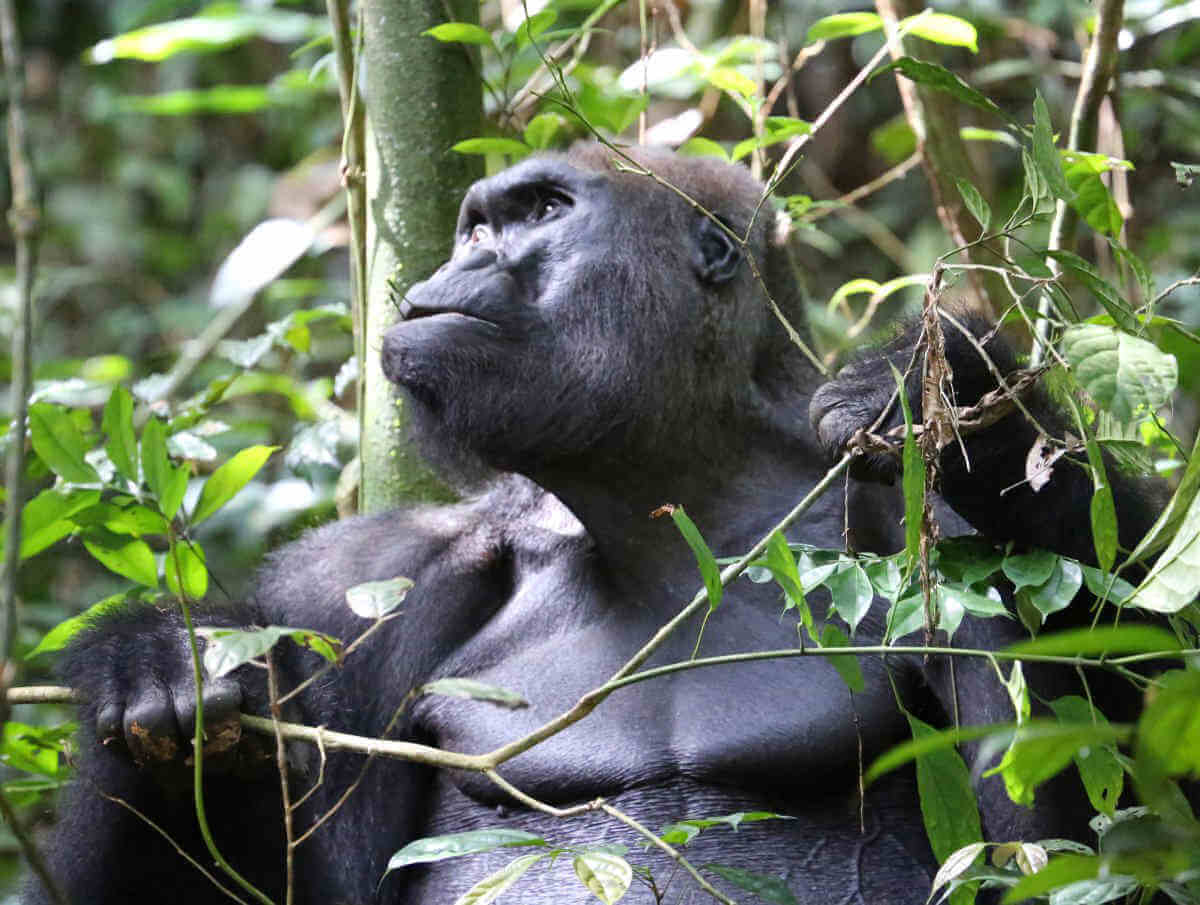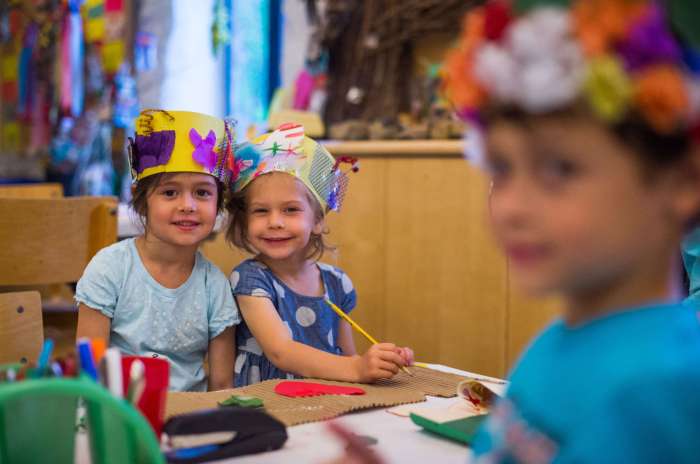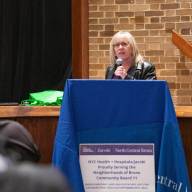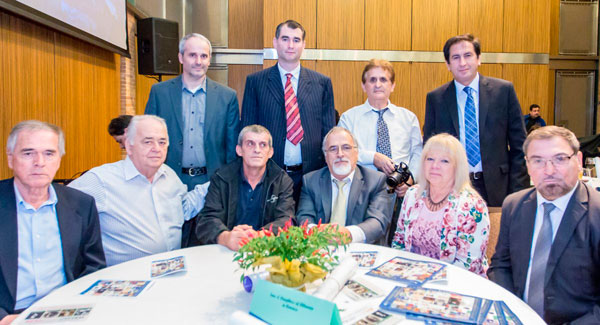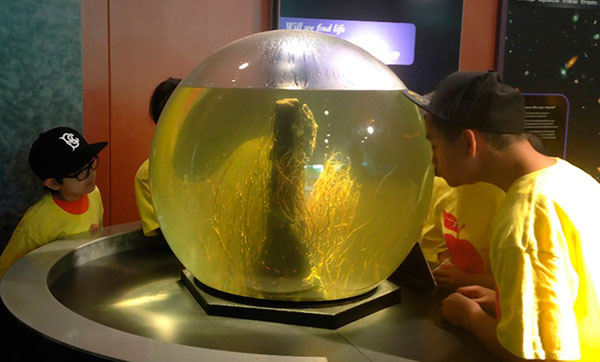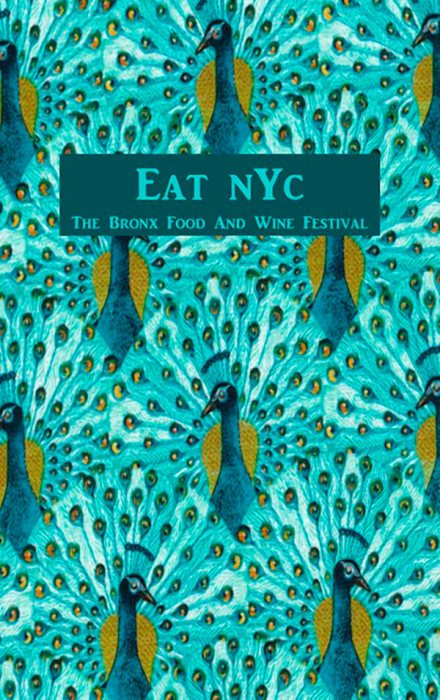The Wildlife Conservation Society released its favorite images of 2018 on Thursday, December 20. Ten of the images come from WCS’ Bronx Zoo, with one from the New York Aquarium, and ten images are from WCS’ Global Conservation Programs taken by WCS scientists working around the world. WCS operates five wildlife parks in NYC, Bronx Zoo, New York Aquarium, Central Park Zoo, Prospect Park Zoo and Queens Zoo, and works in nearly 60 countries and across the world’s ocen saving wildlife and wild places.

This photo of a Malayan tiger taking a dip in the pool at Tiger Mountain was the winner of the annual Association of Zoos and Aquariums photo contest and appeared on the cover of the AZA’s Connect magazine December 2018 issue.
Photo by Julie Larsen Maher/WCS
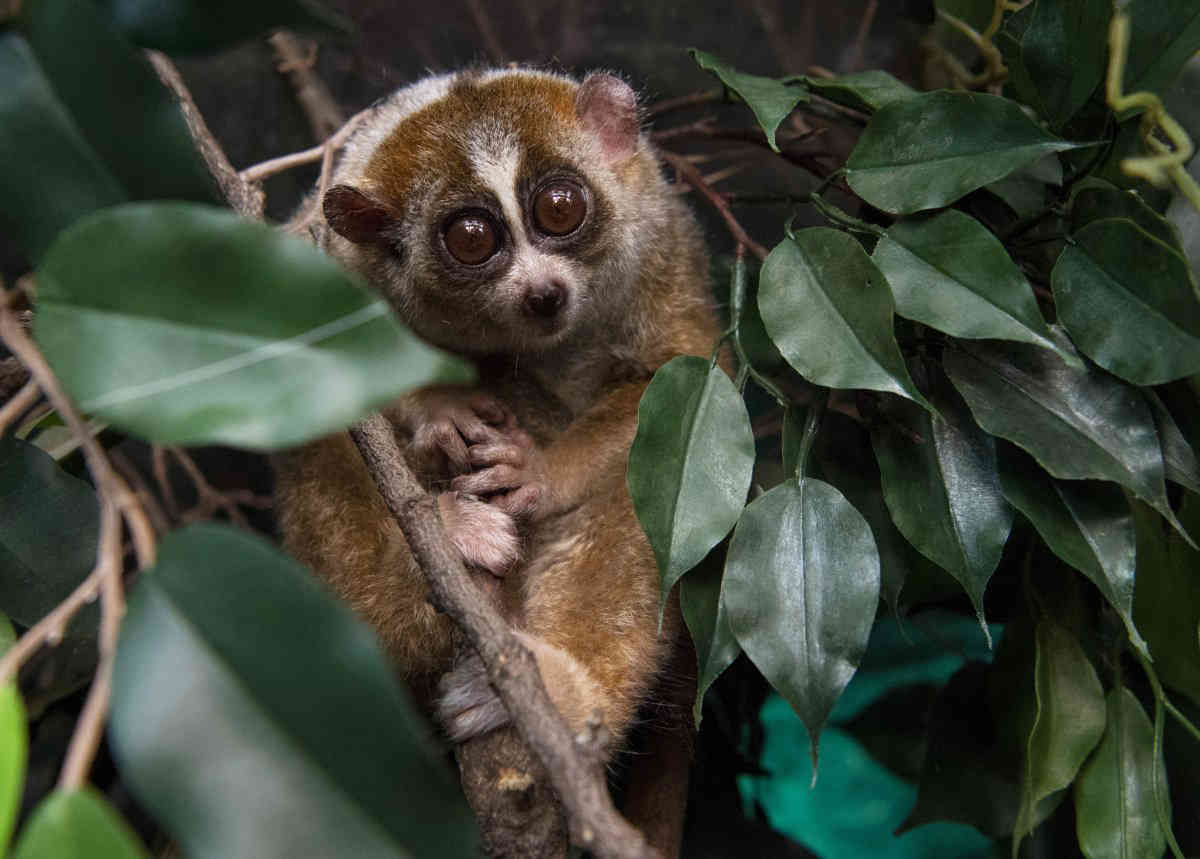
The slow loris, a small nocturnal primate native to Southeast Asia, can be seen at the Bronx Zoo’s JungleWorld.
Photo by Julie Larsen Maher/WCS
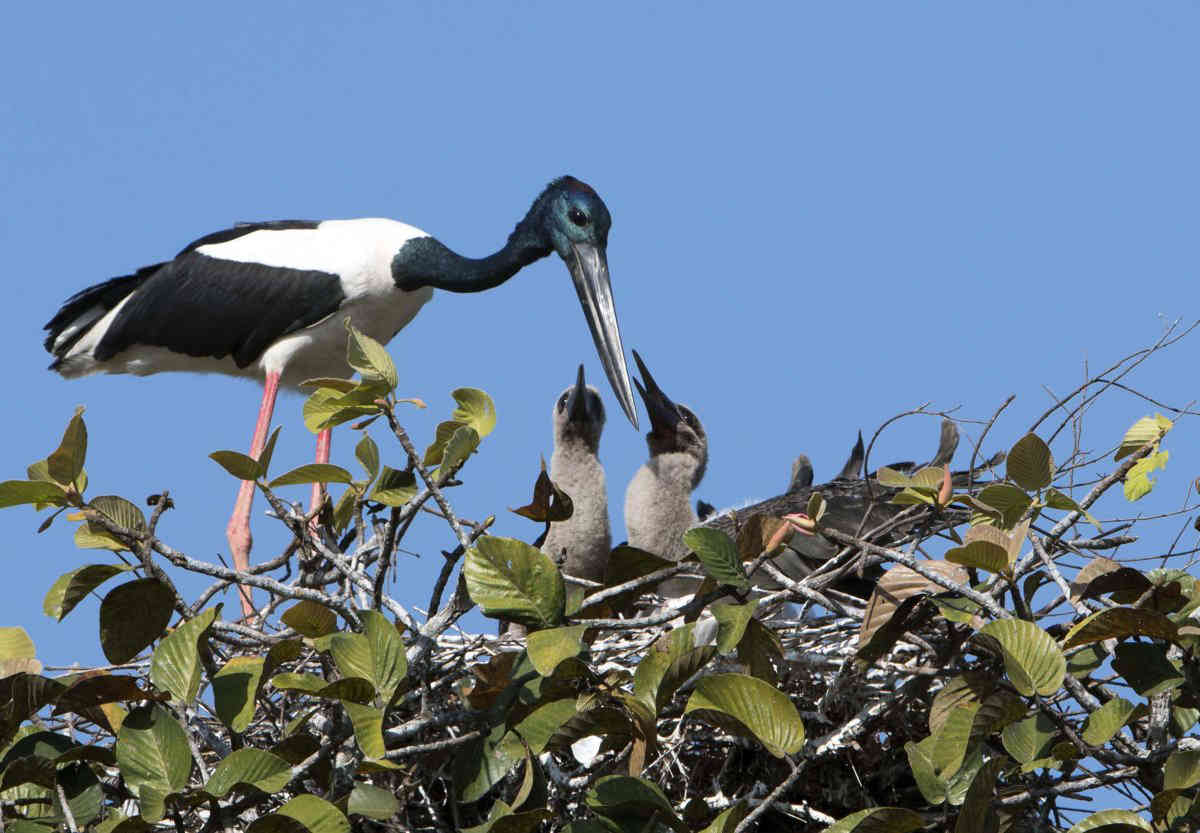
In April, WCS, along with the Ministry of Environment and community members, announced that since 2002, they have protected 3,800 nests of 11 globally threatened bird species in the Northern Plains of Cambodia.
Photo by Phann Sithan/WCS
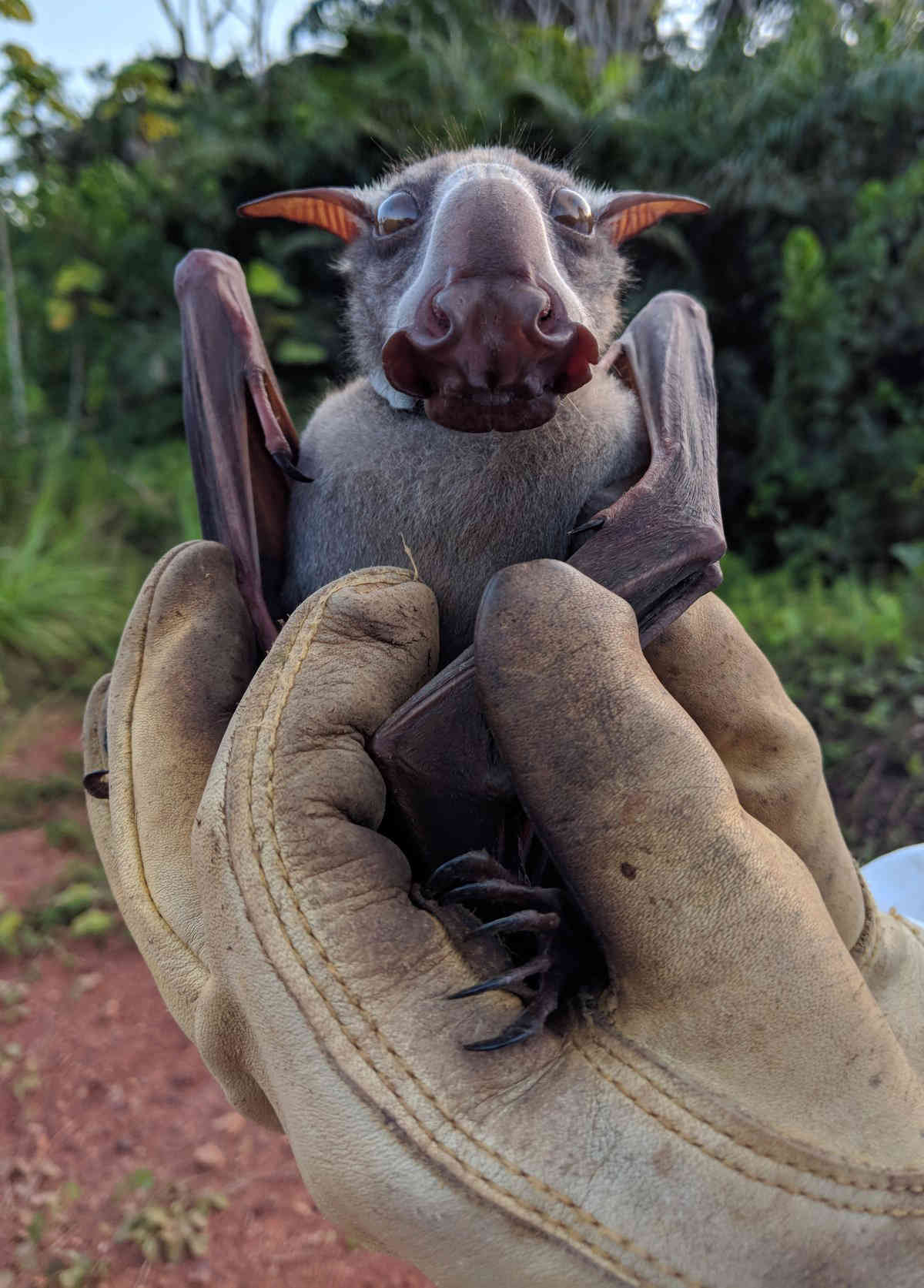
To better understand the transmission of the deadly Ebola virus, WCS partnered with the U.S. National Institutes of Health in Central Africa last spring to place GPS collars on bats, including this moose-like hammer-headed fruit bat.
Photo by Sarah Olson/WCS

WCS conservationists working in Tanzania’s Tarangire National Park have not one, but two good reasons to be hopeful for the park’s savanna elephant population: a pair of rare twin calves were born last April.
Photo by WCS Tanzania Program

